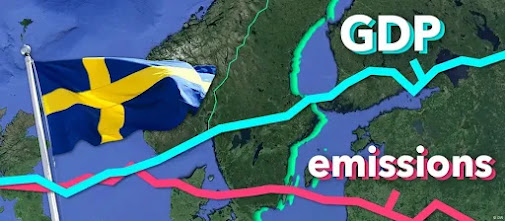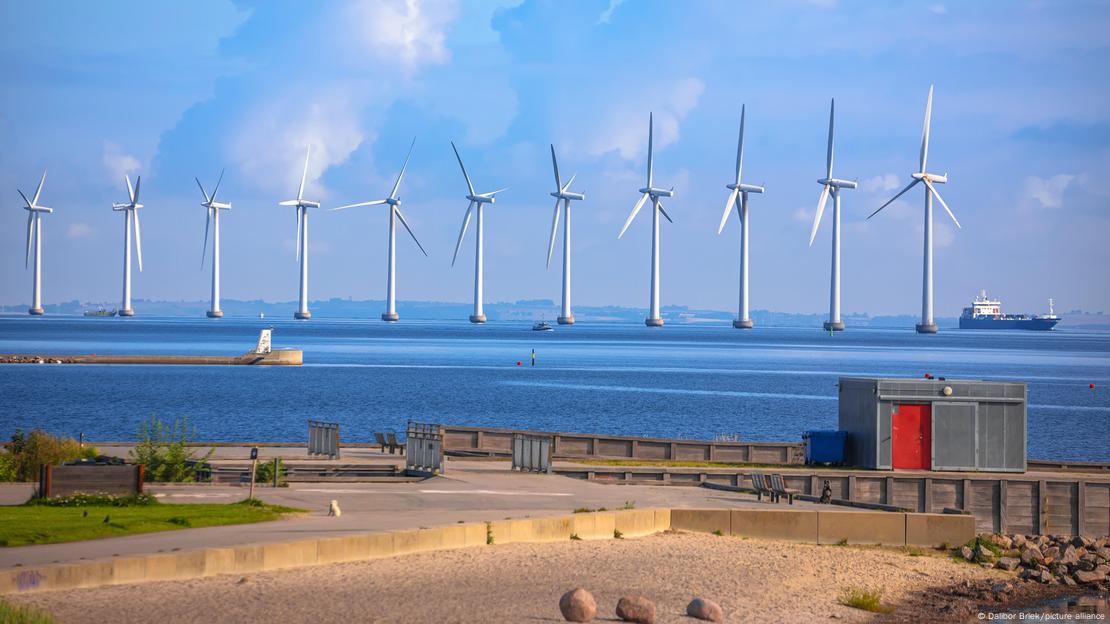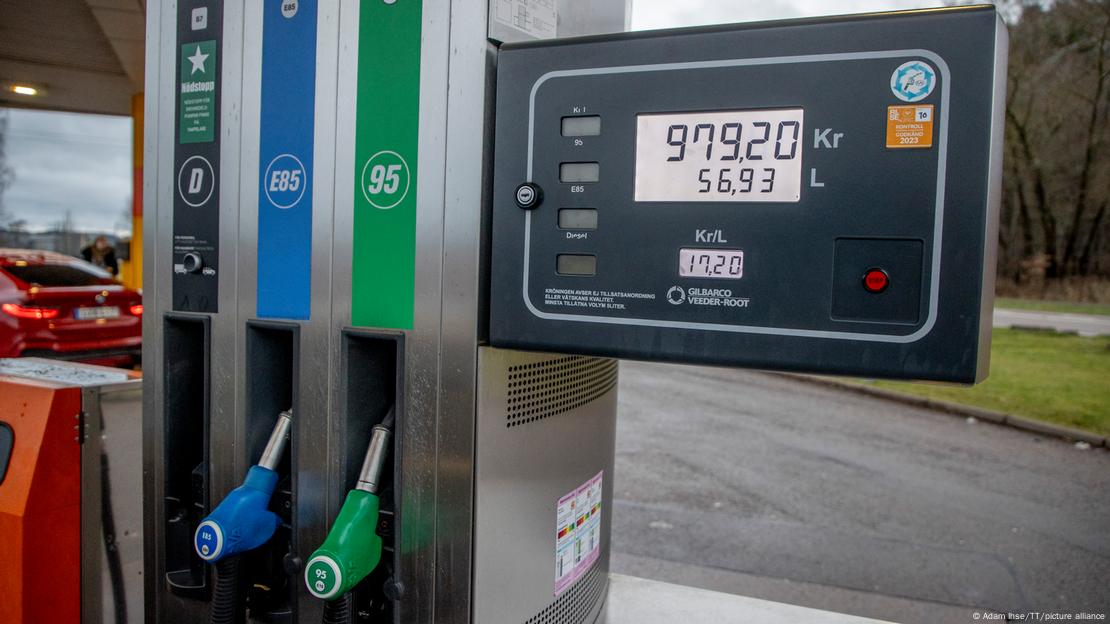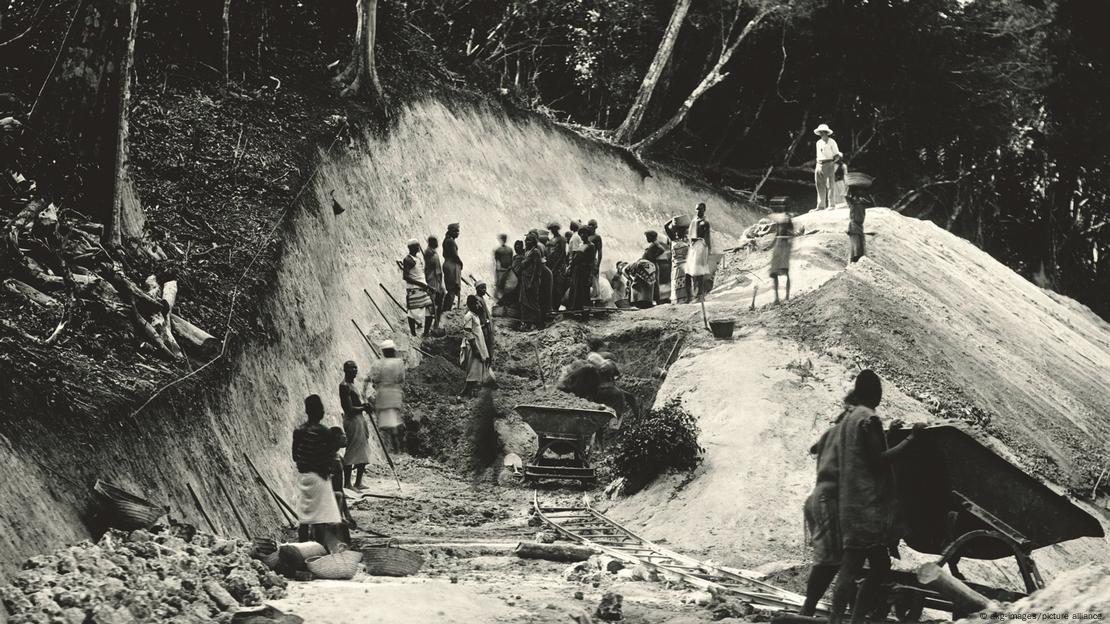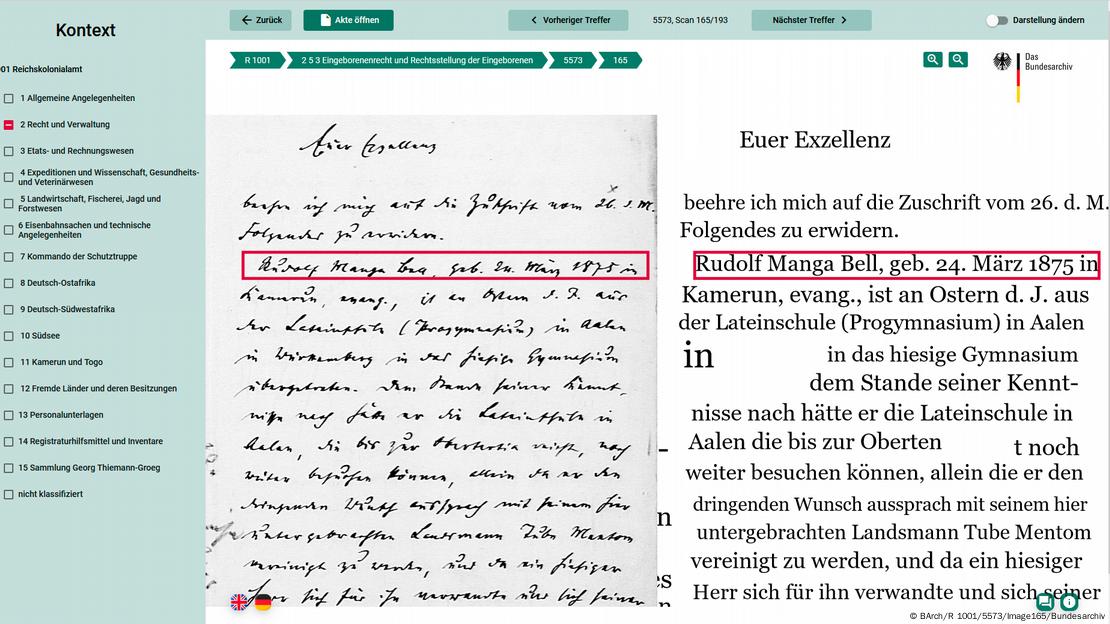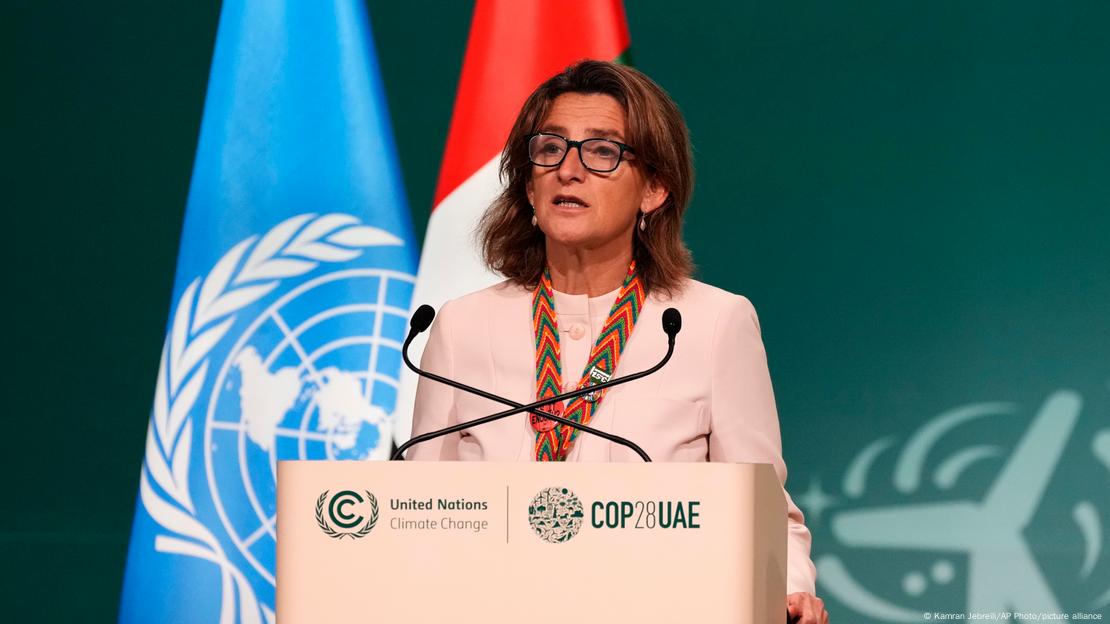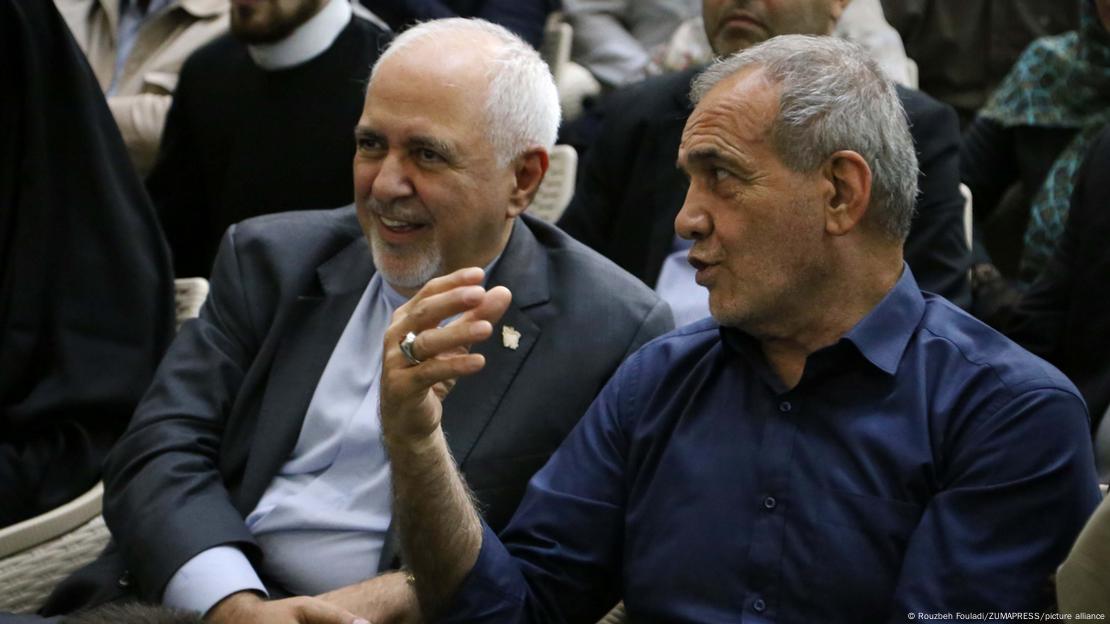Abubakar Said Saad
DW/AFP
August 11, 2024
Dozens of tree planting campaigns are launched in different countries every year to help suck CO2 out of the air. But often, there is no real climate benefit. What is going wrong?
Dozens of tree planting campaigns are launched in different countries every year to help suck CO2 out of the air. But often, there is no real climate benefit. What is going wrong?
Trees remove greenhouse gas emissions from the atmosphere
Image: Froi Rivera
Environmentalist Lucy Kagendo from NGO Green Dimensions Network planted 50 saplings in Kenya last year as part of a national campaign to plant 15 billion trees by 2032.
Today, most of those trees are dead.
The idea behind such tree planting initiatives is simple. Trees remove greenhouse gas emissions from the atmosphere. Through photosynthesis, their leaves pull in water and planet-heating carbon dioxide, convert them into food and release oxygen as a by-product.
However, Kagendo's tree planting endeavor isn't the only one with disappointing results. Just take northern India's restoration efforts over the last 50 years.
A study by environmental journal Nature Sustainability found that the "decades of expensive tree planting programs in the region have not proved effective," because they did not "increase forest canopy cover" and failed to contribute to climate change mitigation.
Launched in 2007, Africa's ambitious Great Green Wall project aimed to restore 100 million hectares (247.1 million acres) of degraded land in the Sahel with vegetation and trees. According to the latest UN figures, just a fifth of that area had been planted. Progress is stalled due to a lack of funding, and some of the trees have died because they didn't receive enough water or care.
What's the problem with tree planting campaigns?
Many tree planting campaigns falter because they plant the wrong trees at the wrong time in the wrong place.
In Turkey in 2019, for instance, the government set out to plant 11 million trees across the country. However, Sukru Durmus, the head of Turkey's agriculture and forestry union, told DW they found "about 98% of the trees planted died in less than three months." He attributed the failure to "wrong planting time, low rainfall and wrong tree species selected."
Environmentalist Lucy Kagendo from NGO Green Dimensions Network planted 50 saplings in Kenya last year as part of a national campaign to plant 15 billion trees by 2032.
Today, most of those trees are dead.
The idea behind such tree planting initiatives is simple. Trees remove greenhouse gas emissions from the atmosphere. Through photosynthesis, their leaves pull in water and planet-heating carbon dioxide, convert them into food and release oxygen as a by-product.
However, Kagendo's tree planting endeavor isn't the only one with disappointing results. Just take northern India's restoration efforts over the last 50 years.
A study by environmental journal Nature Sustainability found that the "decades of expensive tree planting programs in the region have not proved effective," because they did not "increase forest canopy cover" and failed to contribute to climate change mitigation.
Launched in 2007, Africa's ambitious Great Green Wall project aimed to restore 100 million hectares (247.1 million acres) of degraded land in the Sahel with vegetation and trees. According to the latest UN figures, just a fifth of that area had been planted. Progress is stalled due to a lack of funding, and some of the trees have died because they didn't receive enough water or care.
What's the problem with tree planting campaigns?
Many tree planting campaigns falter because they plant the wrong trees at the wrong time in the wrong place.
In Turkey in 2019, for instance, the government set out to plant 11 million trees across the country. However, Sukru Durmus, the head of Turkey's agriculture and forestry union, told DW they found "about 98% of the trees planted died in less than three months." He attributed the failure to "wrong planting time, low rainfall and wrong tree species selected."
According to Seyifunmi Adebote, an environmental management researcher from Nigeria, most campaigns fail because people are too focused on planting trees rather than "proper implementation planning."
"Most times when tree planting campaigns are made, they are made in the context of either local politics or global politics motivated to tick the boxes," Adebote told DW.
For Yusuf Idris Amoke, a government official for climate change in the Nigerian state of Kaduna, "many government tree campaigns have unrealistic ambitions." He believes previous campaigns were unsuccessful because they were "created to give a positive public image of the government's green credentials.
Focus on nurturing trees from sapling to maturity
Trees generally take around 20 to 30 years to grow to maturity, which means it can be a while before they have a big effect on the climate. So, it's important to track the trees and collect data after they've been planted, which frequently doesn't happen.
It's also important to select "appropriate native species" and to look after trees in the long term.
"Successful campaigns are those that not only plant trees but also ensure their survival through care and monitoring," Elsie Gabriel, the founder of India's Young Environmentalists Programme Trust, told DW.
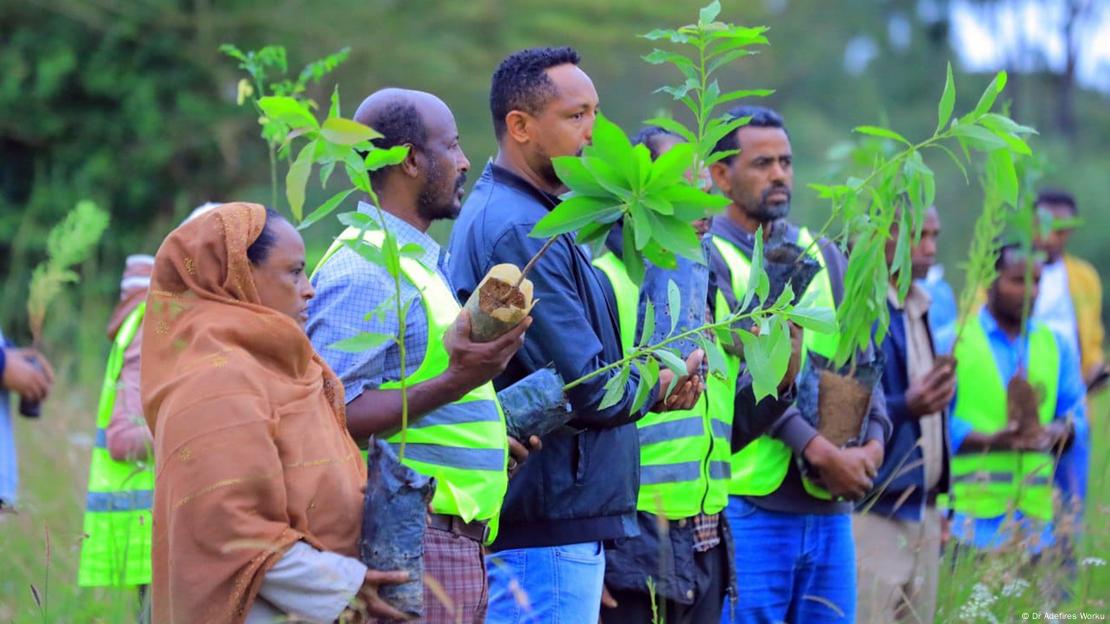
Many countries are launching national tree planting initiatives, including Ethiopia
Image: Dr Adefires Worku
The Loess Plateau Watershed Rehabilitation Project in China, for instance, was successful because the species used were native, drought-resistant and could thrive in local climate and soil conditions.
The project successfully planted 270,000 hectares of trees and shrubs — more than triple the land area of New York City.
Who looks after trees once they've been planted?
After Kagendo from the Green Dimensions Network planted her trees in Kenya during the government campaign, she began to wonder who would look after the trees once they were in the ground.
"The president went out and plant[ed] trees, but will he go out and water it afterwards?" Kagendo asked. She herself went to a national park far from where she lives to help out during the campaign. Now, Kagendo says she will "grow trees close to me so I can take care of them."
The Loess Plateau Watershed Rehabilitation Project in China, for instance, was successful because the species used were native, drought-resistant and could thrive in local climate and soil conditions.
The project successfully planted 270,000 hectares of trees and shrubs — more than triple the land area of New York City.
Who looks after trees once they've been planted?
After Kagendo from the Green Dimensions Network planted her trees in Kenya during the government campaign, she began to wonder who would look after the trees once they were in the ground.
"The president went out and plant[ed] trees, but will he go out and water it afterwards?" Kagendo asked. She herself went to a national park far from where she lives to help out during the campaign. Now, Kagendo says she will "grow trees close to me so I can take care of them."
Local communities can help keep trees alive, and should be included in projects.
"Tree plantations in India should reach local indigenous communities," said Gabriel. "Schools and colleges should be offered these opportunities. Women should be given jobs in horticultural and tree plantations to bridge gender gaps."
Some successful local tree planting campaigns have used this approach. The US Green Seattle Partnership project involved young volunteers from schools and local communities. They've clocked over a million volunteer hours so far.
And sometimes less is more.
"It is better to grow healthier, fewer trees than to plant many that might all fail," said Kagendo.
Edited by: Anke Rasper and Sarah Steffen
Sources:
Kenyan national tree planting initiative: https://www.treasury.go.ke/national-tree-planting-intiative-launch/
Limited effects of tree planting on forest canopy cover and rural livelihoods in Northern India, Nature Sustainability, 2021: https://www.nature.com/articles/s41893-021-00761-z.epdf
The Great Green Wall: Implementation Status and Way Ahead to 2030, UNDCC, 2020: https://www.unccd.int/resources/publications/great-green-wall-implementation-status-and-way-ahead-2030
Sa’id Sa’ad is Nigerian writer and multimedia journalist currently based in Germany.


